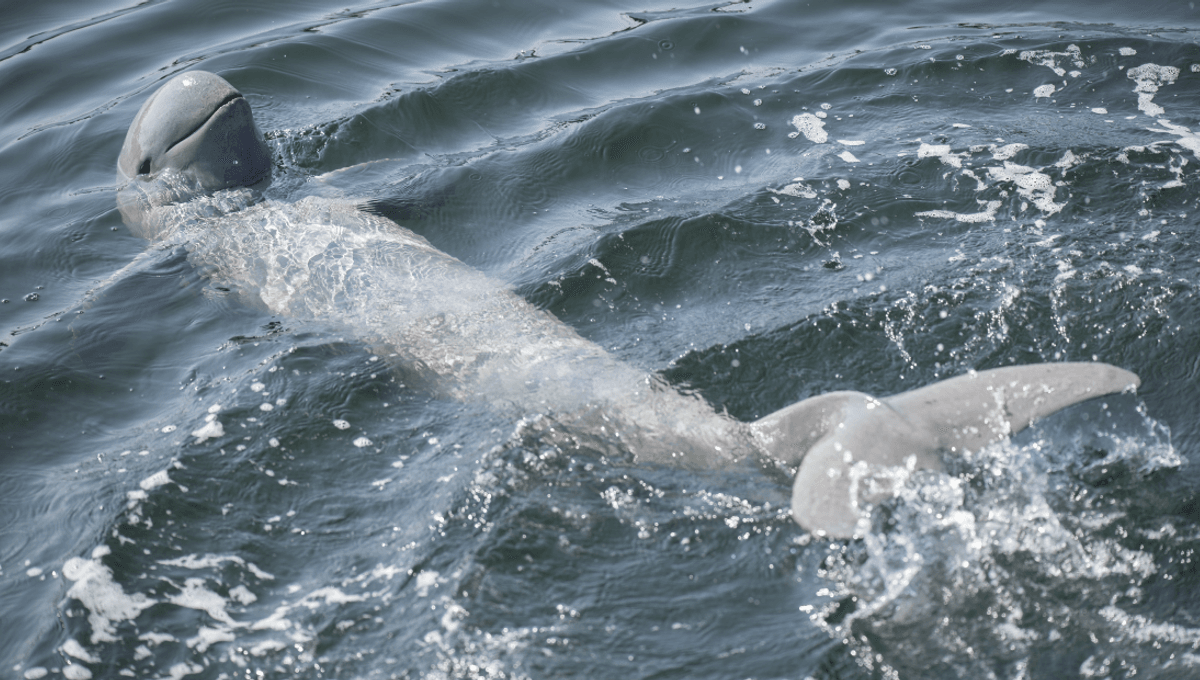
It feels like every other day a new species is in peril, so at IFLScience we like to celebate the wins – most recently, we’re excited about some good news for one of the world’s weirdest dolphins. The Mekong dolphin, also known as the Irrawaddy dolphin, plummeted from 200 to 89 from 1997 to 2020 – but at last, their numbers are on the up again.
According to the agricultural minister during an address made on Monday, their numbers in their freshwater homes in Cambodia have grown to over 100, painting a more positive future for this incredible species. 2024 has seen at least two deaths among Irrawaddy dolphins, but also eight new calves, with the expected number of dolphins now at 105.
Irrawaddy dolphins live in the rivers and along the coasts of South and Southeast Asia, and are a memorable sight for anyone lucky enough to see them. Looking a bit like a dolphin that never loaded its snout, they have characteristically rounded heads and olive-smooth grey skin.
They’re also notably strange for their flexible necks, a rare trait among these cetaceans that leaves them with adorable creases, reminiscent of the chubby rolls on a baby’s arm. They can grow to 2.7 meters (8.9 feet) according to Whale and Dolphin Conservation, weighing as much as 130 kilograms (287 pounds). It sounds pretty impressive compared to your average human, but a bit mini in the context that bottlenose dolphins can weigh five times more than that.
They’re considered endangered by the IUCN Red List Of Threatened Species as human activity has seen their population numbers plummet, but some are hopeful that we are turning the tide on their crisis. The 21st century has seen conservation efforts made to bring the Mekong River population back from the brink.
The Cambodian government has worked with groups such as the World Wildlife Fund on a campaign to bring awareness to the species and put laws in place to prevent human-related threats. The stretch of river where the dolphins live has been made a protected zone, and there’s been a crackdown on harmful fishing practices as well as the appointment of river guards to make sure the rules are being kept.
And it seems to be working, for now, at least. As reported by EAC News, the good news was announced on National Fish Day on July 1, 2024, as part of a collaboration between the Ministry of Agriculture and the Fisheries Administration.
Fingers crossed 2025 will bring another bumper crop for one of the world’s weirdest and most wonderful dolphins.
Source Link: Hooray! One Of The World’s Weirdest Dolphins Is On The Rise